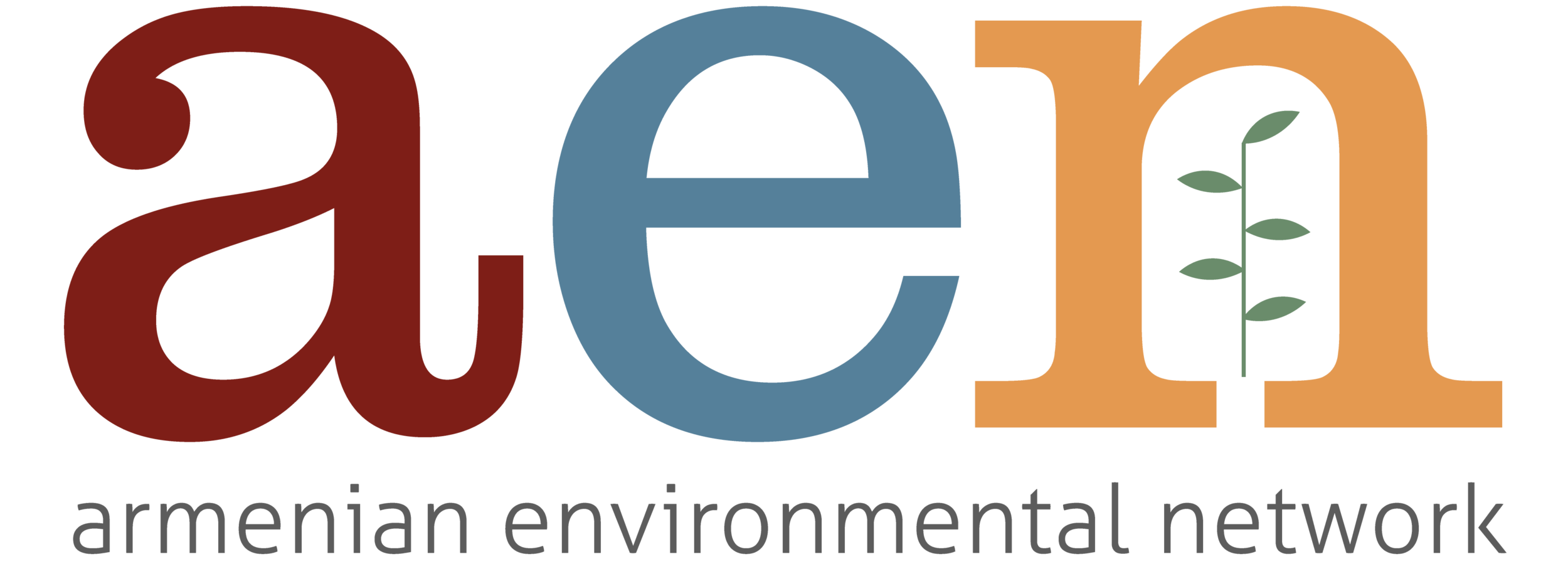Issues
Wetlands
During the Soviet era, many Armenian wetlands were drained to create additional croplands. Now, the importance of wetland ecosystems is being spotlighted on a global level, and efforts to restore wetlands are underway. The protests of farmers who have used these drained lands for generations are emblematic of the significant moral dilemmas in contemporary development issues. The key is to find solutions that benefit people, in the short term financially and in the long term by respecting the environment.
Armenia is blessed with abundant water sources. Fully 1/6th of Armenia’s land area is comprised of watersheds and their protection and maintenance is a critical necessity for the long term health of the environment and the economy as well. Wetlands provide:
- Flood control
- Erosion control
- Pollutant filtration
- Habitat for flora and fauna
- Silt filtration
- Recreation
- Industry
For example, Lake Sevan provides fresh water for fishing and agriculture, recreation, and habitat for a variety of plants and animals. A study of Lake Sevan, from 2006, is instructive as to how valuable wetlands are (see Lake Sevan). According to this study there are:
- 1600 varieties of plants around Sevan.
- 48 species are listed in the Red Book.
- 6 are endemic.
- 6 species of fish in the Sevan Basin, two in the Red Book and two endemic.
- 4 species of amphibian
- 18 species of reptiles, two of which are in the Red Book
- 210 species of birds, 36 in the Red Book and one endemic
- 36 species of mammals, 8 of which are in the Red Book
Admittedly, Lake Sevan is Armenia’s largest aquatic ecosystem, but all of Armenia’s wetlands provide habitat for a wide variety of plant and animal species, many of which are endemic as well as listed in the Red Book.
Armenia’s wetlands are being subjected to intense pressure from a variety of sources, which include industries from virtually all economic sectors. During the Soviet era, for example, Lake Sevan was drained in order to provide irrigation to farms in the Ararat Valley. Lake Gilli was completely drained and its ecosystem irreparably and permanently altered.
Plans exist for the restoration and rehabilitation of many of these areas but little has been accomplished, so far. As usual, the government of Armenia possesses no sense of urgency in these matters in spite of the voluminous amount of scientific data and research that call for such urgency.
The Ramsar Convention is an international treaty designed to conserve wetlands and provide for their sustainable use. Among the goals of the convention are to stem the progressive encroachment on wetlands and reduce their loss. Armenia is a signatory to this convention and, as such, agreed to abide by its guidelines and philosophies. Ramsar’s report, from 204 on the state of Armenia’s wetlands provides instructive information. There are numerous additional studies on Armenia’s wetlands. Below is a sampling.
- Loss of wetlands has adversely affected permanent and migratory bird populations.
- The effects of draining Lake Gilli on the wetland habitat and its possible restoration.
- An early 2000’s study on Armenia’s wetlands (peatlands).
- Environmental assessment of proposed highway from Iran to Georgia (2010).
If you know of an organization or report that should be listed here and is not, please Contact Us with a brief explanation of its relevance and an active URL for the organization or report.
